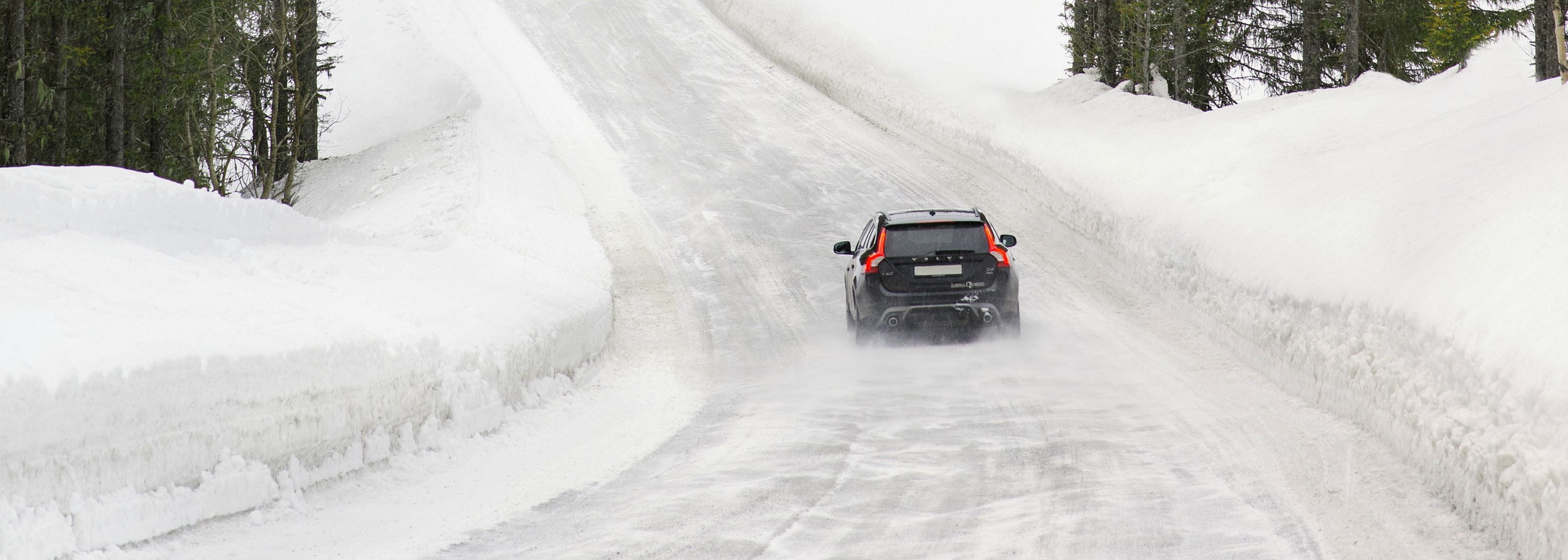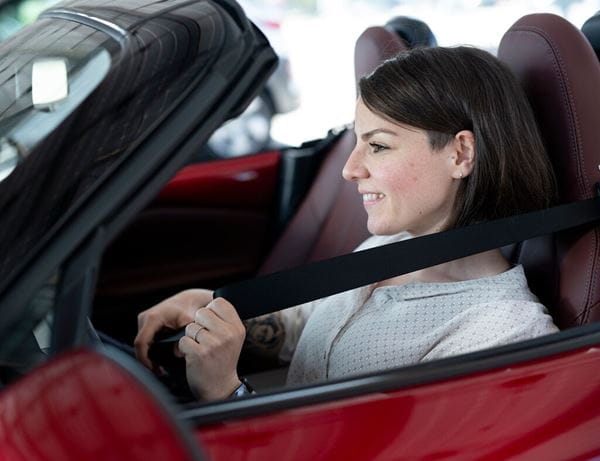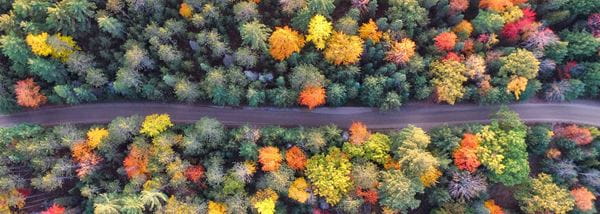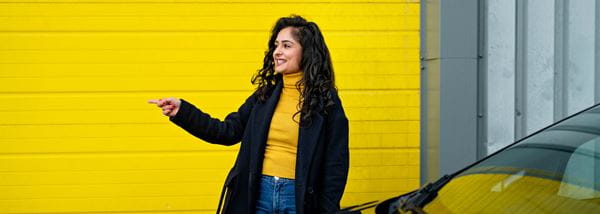
Tips for driving in snow or ice
2 min to readDriver safety
Discover how to customise your driving if you come across snow or ice on your way. Learn more from LeasePlan!
Discover how to customise your driving if you come across snow or ice on your way. Learn more from LeasePlan!
Share this
Driving in snow or ice
If you find yourself driving in snow or on icy or snow covered roads, adapt your driving to these conditions:
- Reduce your speed. The chances of skidding are much greater and your stopping distance will increase massively.
- Only travel at a speed at which you can stop within the distance you can see to be clear. Speed limits are the maximum in ideal conditions; in difficult conditions, they can often be too fast.
- Avoid harsh braking and acceleration, or sharp steering.
- Always reduce your speed smoothly and in plenty of time on slippery surfaces.
- Slow down in plenty of time before bends and corners.
- Braking on an icy or snow covered bend is extremely dangerous. The centrifugal force will continue to pull you outwards and the wheels will not grip very well. This could cause your vehicle to spin.
- To brake on ice and snow without locking your wheels, get into a low gear earlier than normal, allow your speed to fall and use your brakes gently.
- Increase the gap between you and the vehicle in front. You may need up to ten times the normal distance for braking.
- Keep your vehicle well-ventilated. The car heater turned up full can quickly make you drowsy.
- In snow, stop frequently to clean the windows, wheel arches, lights and number plates.
- Visibility will probably be reduced, so use dipped headlights.
- During wintry weather, road surfaces are often wet and/or covered in frost and ice or snow. But this does not occur uniformly. A road will often have isolated patches of frost or ice after most of the road has thawed – this commonly occurs under bridges.
If you get stuck in snow:
- If you get stuck in snow, revving your engine to try to power out of the rut will just make the rut worse. Instead, move your vehicle slowly backwards and forwards out of the rut using the highest gear you can.
- If this doesn't work, you may have to ask a friendly passerby for a push or get your shovel out.
If you get caught in a snow drift:
- Don't leave your vehicle
- Call your breakdown service or the emergency services and let help come to you
- Don't run the engine to keep warm
Published at January 1, 2019
January 1, 2019
Share this



